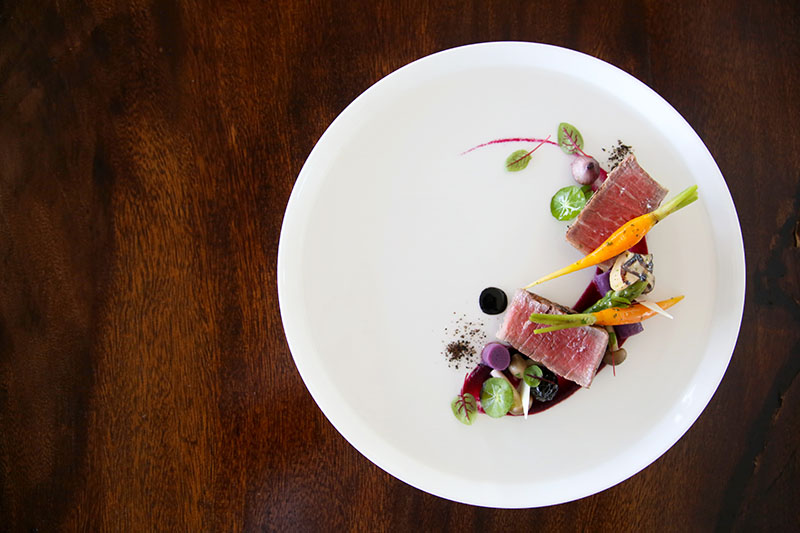 Making a hamburger without killing a cow is no longer science fiction. In fact, you can make millions of them. That’s because advances in cellular agriculture make it possible to make 80,000 hamburgers out of a single 0.5g sample of cells taken from a one cow under local anesthesia. In fact, some people are already tasting hamburgers that were grown in a lab.
Making a hamburger without killing a cow is no longer science fiction. In fact, you can make millions of them. That’s because advances in cellular agriculture make it possible to make 80,000 hamburgers out of a single 0.5g sample of cells taken from a one cow under local anesthesia. In fact, some people are already tasting hamburgers that were grown in a lab.
Novel foods like cell-cultured beef increasingly will meet the future’s growing global nutritional demands. They will do so using less land, water and feed, while producing lower greenhouse emissions and enhancing food safety. And, of course, without animal suffering.
From chia seeds to insects
Although the EU classification of novel foods includes pretty much anything Europeans hadn’t eaten before 1997, from chia seeds to insects, at VILS, our professional interest and expertise is confined to foods and food ingredients produced via biotechnology processes, such as cell cultivation and precision fermentation.
Companies in the industry are taking various approaches to creating novel foods. Some are working to create complete animal-based products like ground beef for hamburgers, for example—without having to feed, raise and kill an animal
Others are focused on the building blocks by creating bio-identical alternative proteins such as myoglobin, for example. Myoglobin is an ingredient that makes meat and fish alternatives taste, smell and look more like the actual animal proteins of beef, chicken, pork, lamb and tuna.
Still others are focusing on improving nutrition by producing food supplements. Omega 3 fatty acids, for example, are being produced by cultivating fish cells. This could help relieve over-fishing as well as the environmental cost of high-density, intensive fish farming.
From discoveries to dinner
It does seem inevitable that more and more novel foods will be coming to people's tables. However, transforming scientific discoveries in this area into dinner for your family will require overcoming several key commercial challenges.
One of the biggest is scale. The ability to go from producing lab-quantity batches to industrial production cost effectively obviously won’t happen overnight. Increasing yields to where they need to be with a given set of inputs will require extremely precise, well-designed processes and optimal equipment set-ups. Those will evolve over time.
Fortunately, the process architects and engineers on our teams have a thorough understanding of the state of the art and are constantly updating their knowledge – just like you are, in fact. Our aim is to understand your process well enough to help you optimize it, not just take your equipment order.
Complex, developing regulations
Another challenge is complying with the strict regulations covering food for human consumption. Agencies like the FDA (U.S.), EFSA (Europe), and others still developing frameworks to assess the safety and labeling of novel foods.
It isn’t easy to comply with complex regulations, let alone predict what they are going to be when you launch production.
Fortunately, as people who make their home on the cutting edge, the process architects and engineers on our teams have dealt with evolving regulatory frameworks before and have experience navigating them.
For all these reasons, when our scientists and engineers work with your researchers, we take your processes, business needs and regulatory environment as the starting point. We also build in the flexibility to implement further advances and meet changing regulations. We do not start with a standard facility that we alter to fit. The technologies involved are evolving too fast for that.
In fact, the day is not that far off when your fast-food order might just be, “One cruelty-free burger, please. Hold the bugs.”
Learn more about the VILS approach, which starts from your process and business needs.
Learn more about our project references.


